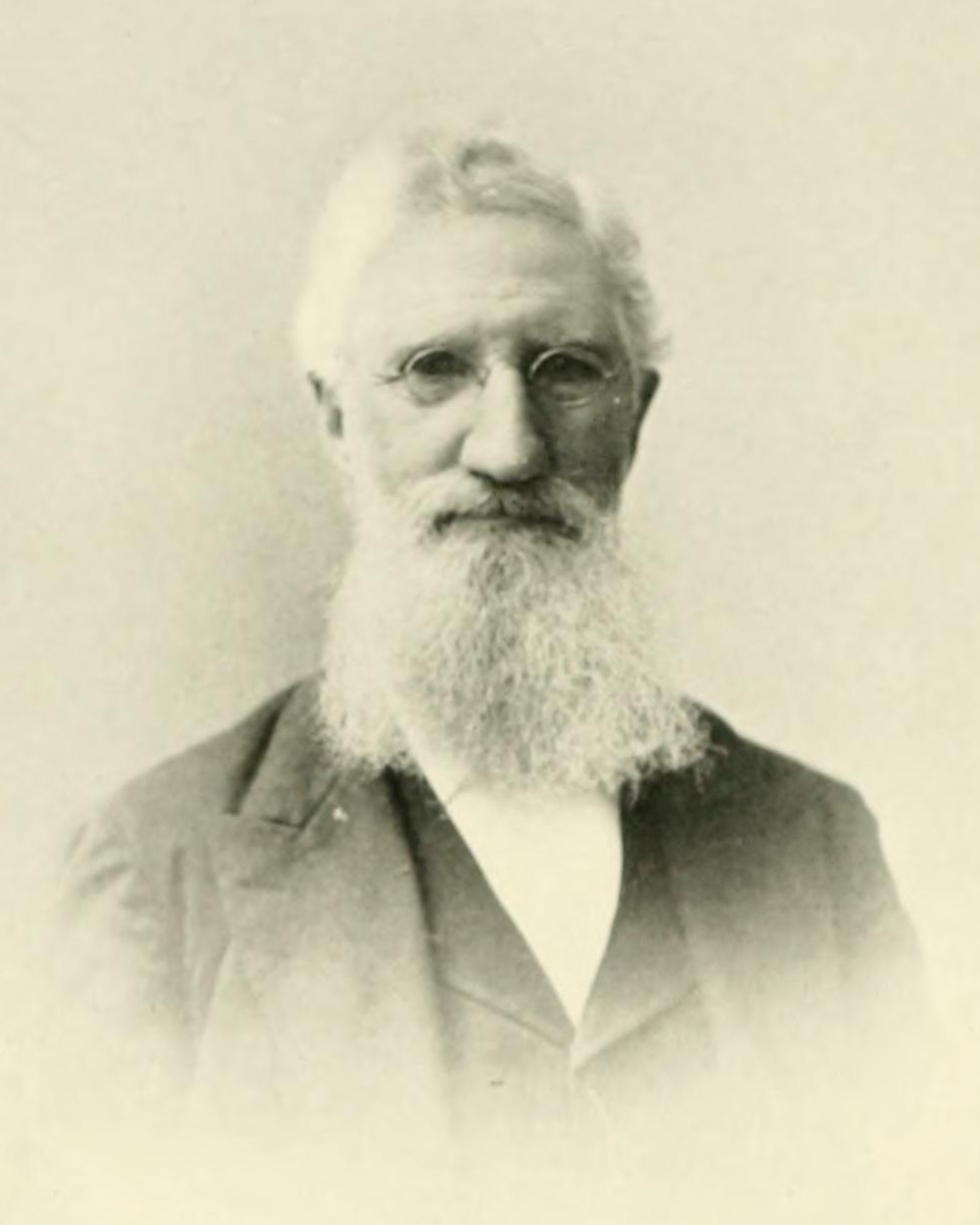On U.S. 219 at Millpoint in Pocahontas County is a highway marker that credits James E.A. Gibbs with inventing the chain-stitch sewing machine.
Gibbs’ path to success as an inventor was circuitous and formidable. The first sewing machine was patented in Germany in 1755. The first practical sewing machine was made by a French tailor in 1829, and in 1932 the first lockstitch sewing machine was invented by the American Walter Hunt. In 1844, an Englishman, John Fisher, developed a more sophisticated machine but botched his patent filing, and Issac Singer leaped over him in the early 1850s.
Gibbs’ family moved from New England to Rockbridge County, Virginia when his father brought the first wool carding machine to Virginia. Gibbs was born in 1829. He moved to West Virginia where he worked on a surveying team in Randolph County and was injured while working. Unable to continue surveying, he became a carpenter and mill right. While visiting his parents, he saw his first Singer machine in a tailor’s shop. He found it too heavy, complicated, cumbersome and expensive. Back in Pocahontas County, he carved a crude wooden model of a sewing machine that could produce a chain-stitch and honed the needle himself. In order to raise money to pay for a patent filing, he sold half interest in his invention to a local sawmill owner. He went to Philadelphia to sell his patent and met, providentially, James Wilcox, a dealer in inventions.
Capitalized by Wilcox, he built a patent model and was awarded patent number 17,427. Gibbs and Wilcox formed a partnership and engaged a Rhode Island firm to manufacture the machines. The first machine was produced in 1858, and Wilcox and Gibbs opened a New York office. In 1859, Scientific American praised Gibbs’ machine for its beauty, accuracy and absence of noise. It was simpler and less expensive than Singer machines.
Still living in West Virginia, Gibbs joined the Confederate Army during the Civil War. He contracted typhoid and pneumonia and served only three weeks. When the Union forces moved toward Pocahontas County, he moved back to Rockbridge County. After the war, Gibbs went to Philadelphia where he found that Wilcox, his partner, had banked $10,000 for Gibbs during the war. By southern standards, Gibbs was a wealthy man. In 1867, Wilcox and Gibbs opened a London office and one in Richmond in 1872. They found they couldn’t compete with Singer for the home market. Instead, they successfully concentrated on the commercial market. Gibbs dubbed the village where he lived, Raphine, which is Greek for needle. He died there in 1902.
The Wilcox and Gibbs machines are sought after and considered by some collectors to be among the finest examples of 19th century precision engineering.
An interesting side note: Henry Leland, a machinist and engineer, worked for Wilcox and Gibbs and went on to create the Cadillac Car.
Sources: Virginia Cavalcade, International Sewing Machines Collectors Society, Lawrence House Museum.
Photo from Wikipedia.



